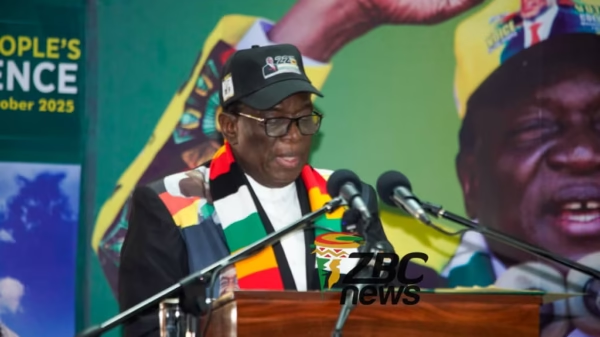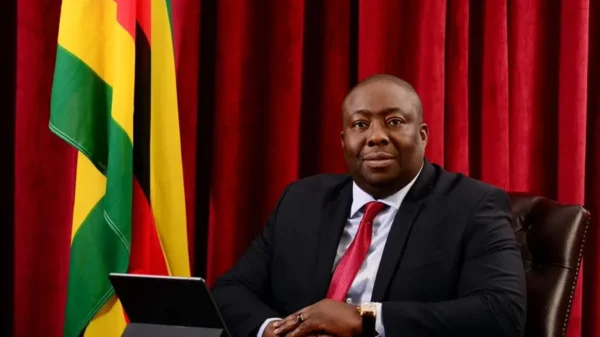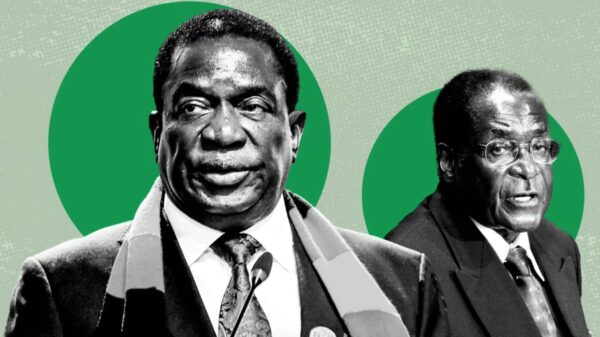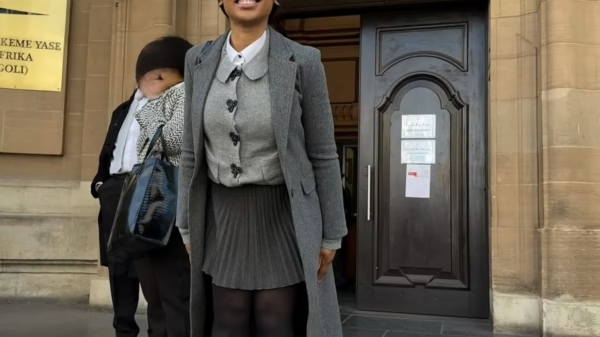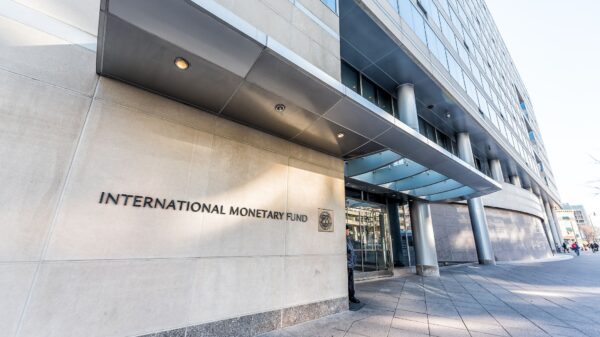Donald Trump’s return to the Oval Office brought immediate attention to one of his hallmark economic issues: tariffs. Although his first day back didn’t see major actions on his ambitious trade initiatives, the former president made it clear that historic tariffs are on the horizon.
“We are thinking in terms of 25 percent on Mexico and Canada,” Trump stated while signing a series of executive orders in the Oval Office. He further hinted at the timeline for implementation, saying, “I think we are going to do it on February 1.”
Trump also suggested that blanket tariffs on all trading partners remain a possibility, but he implied those could take longer to materialize. “All countries rip off the United States to some extent,” he declared, reinforcing his long-held belief that America’s trade policies need a drastic overhaul.
When it came to China, Trump declined to provide specifics on new tariffs, citing ongoing meetings and negotiations. Nevertheless, he left no doubt that tariffs remain central to his strategy. He even linked potential duties on China to the contentious issue of TikTok, a popular social media app whose parent company, ByteDance, is based in Beijing.
“If China didn’t approve [a TikTok divestiture deal], we could put tariffs on China,” Trump said, while signing an order that temporarily delays enforcement of a ban on the app for 75 days. This move gives TikTok and ByteDance additional time to negotiate a deal with U.S. authorities, potentially sidestepping the ban.
During his campaign, Trump had floated tariffs as high as 60 percent on Chinese goods and 20 percent on other trading partners. After his election victory, he recalibrated his stance, promising an additional 10 percent on China and 25 percent on Mexico and Canada.
On Monday, Trump took a significant step by signing an executive order establishing an “America First Trade Policy.” This directive tasks his administration, including his trade representative, with reshaping U.S. trade relationships to prioritize domestic economic growth and job creation.
While details of the policy remain sparse, the president’s rhetoric signals a return to the hardline trade approach that defined his previous term. His administration is expected to focus on leveraging tariffs as a tool to negotiate better terms for American workers and industries.
Though Trump’s tariff plans are bold, they face significant challenges. Trade experts warn of potential retaliation from trading partners, disruptions to global supply chains, and rising costs for American consumers. Moreover, the president’s focus on tariffs as a key economic lever may strain relationships with allies like Canada and Mexico, both of which are major U.S. trading partners under the United States-Mexico-Canada Agreement (USMCA).
The coming weeks will reveal more about how Trump intends to execute his trade agenda and whether his threats of sweeping tariffs will materialize. For now, his rhetoric leaves little doubt that his administration is prepared to return to a combative stance on trade, setting the stage for potential economic and geopolitical shifts.

For comments, Feedback and Opinions do get in touch with our editor on WhatsApp: +44 7949 297606.











